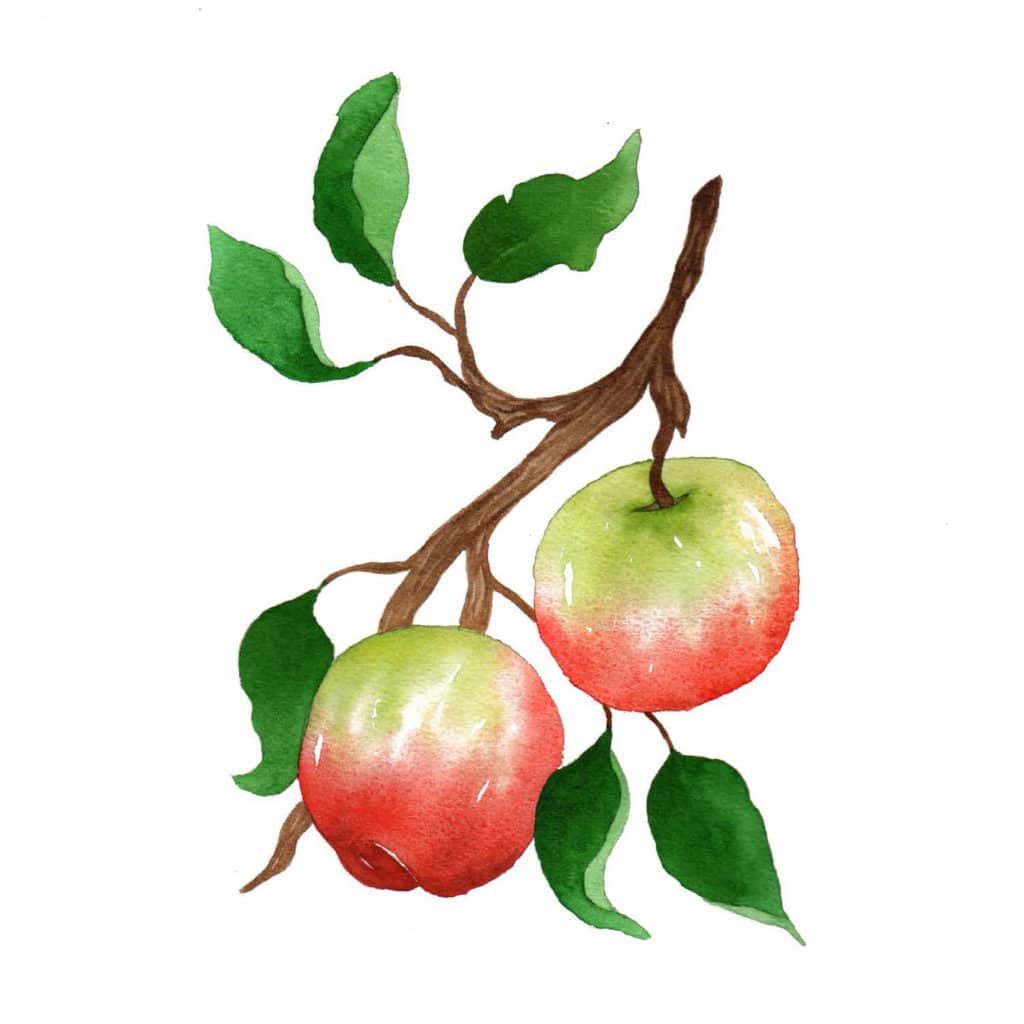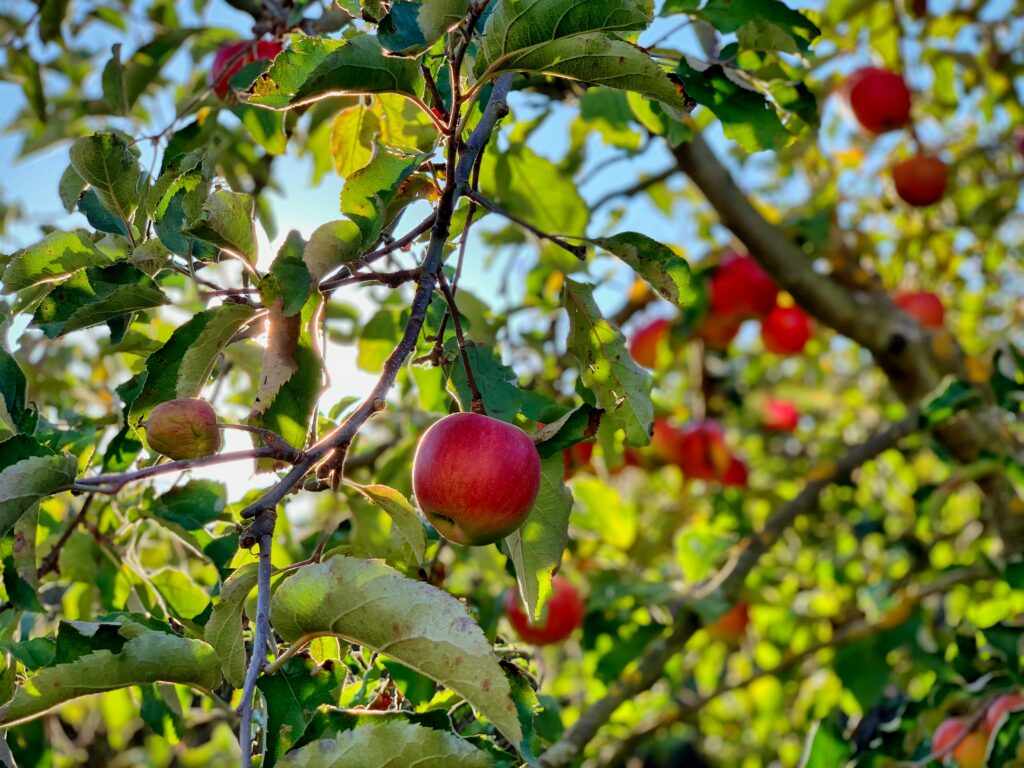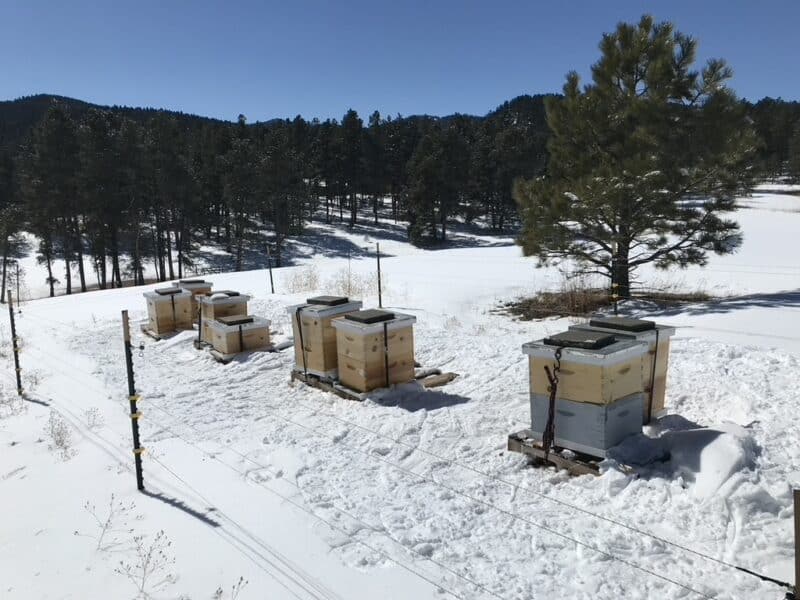Contents:
- Massachusetts Apple Month
- Apples and Bees: How Bees Ensure a Bountiful Harvest
- Apple Nectar in HoneyDNA
Massachusetts Apple Month
As the weather starts to cool, we look forward to spending our fall days picking apples, a quintessential New England activity. In recognition of this tradition and in support of local farmers, Governor Charlie Baker declared September to be “Massachusetts Apple Month.” This is part of his ongoing effort to recognize and support local farmers, as “an opportunity to recognize the hard work local apple growers do to produce delicious and healthy fruit from Massachusetts.”1 Matthew Beaton, the Energy and Environmental Affairs Secretary, recognized the troublesome year farmers have faced, especially with ongoing drought conditions.1 The farmers have an important ally in the honeybee, which is responsible for pollinating about 90% of apple trees.2
Apples and Bees: How Bees Ensure a Bountiful Harvest
Apples are generally not self-compatible, requiring cross-pollination with other trees. The wind is not an effective enough method of pollination, so apple trees need a pollinator to successfully set fruit. This makes the presence of honeybees and other native pollinators (such as mason bees) critical to the success of the apple season. Research has shown that 97% of the pollinators that visit apple blossoms are honey bees,2 and in the United States, 90% of apple crops are pollinated by honey bees.
Apple flowers blossom early in the spring, so there is often little competition for the bees’ attention from other flowering plants in the vicinity of the orchard. Bees also have a sweet tooth, so they are especially attracted to apple blossoms because of their high sugar concentrations, recorded at between 20% and 58%.2
Apple Nectar in HoneyDNA
Here at The Best Bees Company, we conduct research in which the DNA of pollen found in honey is analyzed to determine the preferred plants of each hive. Two of our recent samples have returned high percentages of apple tree DNA. The honey from one hive was almost 25% apple tree nectar, and the other was nearly half! So this fall, while enjoying an apple picking outing with your family, or eating a fresh baked apple pie, make sure to thank the bees (along with your local farmer) for all of their hard work!

Sources:
1 http://www.mass.gov/eea/pr-2016/declared-september-as-massachusetts-apple-month.html
2 http://www.dpi.nsw.gov.au/__data/assets/pdf_file/0018/117108/bee-apple-pollination.pdf





